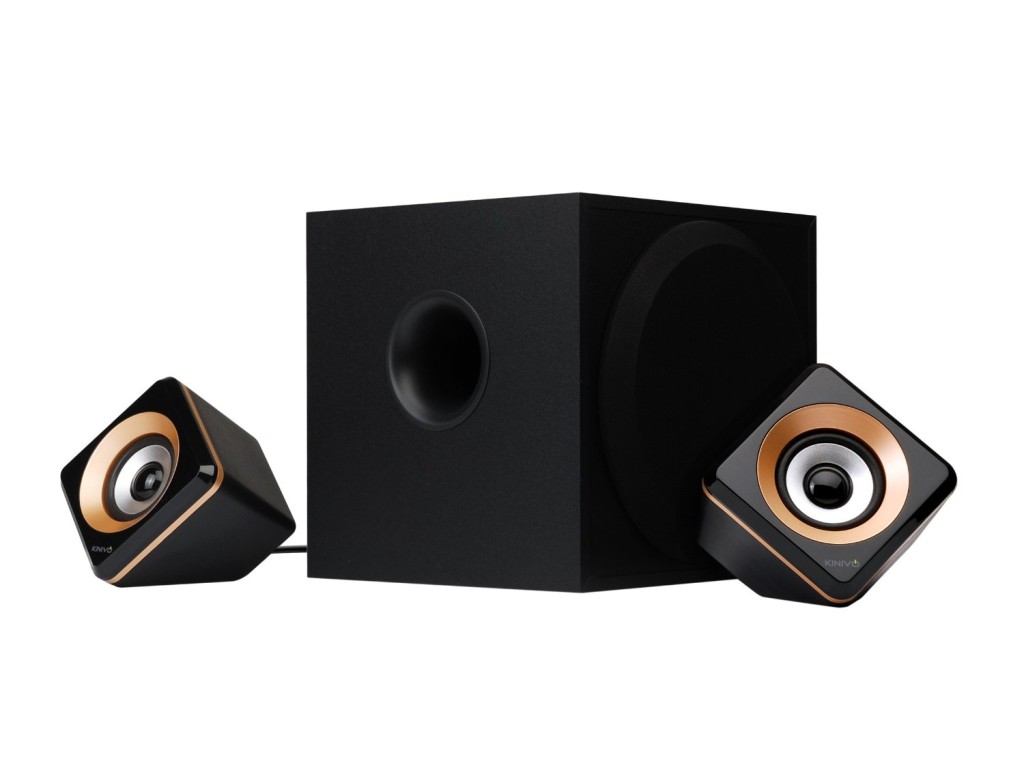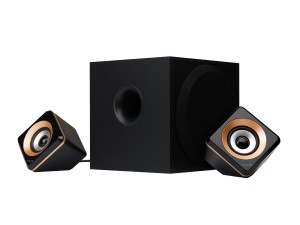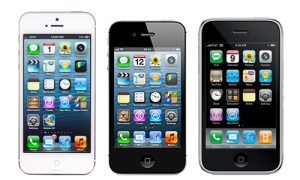 Released in early October 2008, tikitag attempts to bring the online and offline world together by tagging real world object which, when scanned, will run an online application. Scanning involves touching the real-life item to a Near Field Communications (NFC) RFID scanner hooked to your computer which then executes an event on your computer such as dialing a number in Skype or loading a URL.
Released in early October 2008, tikitag attempts to bring the online and offline world together by tagging real world object which, when scanned, will run an online application. Scanning involves touching the real-life item to a Near Field Communications (NFC) RFID scanner hooked to your computer which then executes an event on your computer such as dialing a number in Skype or loading a URL.
tikitag runs the Application Correlation Server (ACS) that provides remote tag management via web-interface allowing users to create associations of the appropriate actions with the RFID tag. tikitag includes an open platform via API (web services using SOAP and REST) for 3rd party application developers and geeks.
tikitag opens up NFC technology via an application platform that is available to consumers and businesses who are interested in using, sharing and creating NFC applications. The core element tikitag manages is the network-based Application Correlation Server, which monitors and launches the right actions in the right context whenever an NFC tag is touched with an NFC device.
The first demographic of users for tikitag were R&D companies interested in RFID but has spread to the geeky consumer over the holiday season. I wouldn’t mind playing with tikitag, but after a couple of weeks my interest would wain. The value for consumers will be in families where geeks can setup their non-techie family members to automate techie tasks such as calling a family member via Skype. tikitag will probably see more success with commercial applications such as tagging badges at a conference, but at least consumers can play with NFC RFID technology starting at $50 for a reader and 10 tags. Additional tags are $30 / 25 tags.
 We’ve covered NFC tech in the past, notably the work done by Nokia and tititag (now touchtag). Now a vendor with a lot more marketplace clout is adding NFC support to one of its products, namely Google to its Android mobile OS.
We’ve covered NFC tech in the past, notably the work done by Nokia and tititag (now touchtag). Now a vendor with a lot more marketplace clout is adding NFC support to one of its products, namely Google to its Android mobile OS.




 Released in early October 2008, tikitag attempts to bring the online and offline world together by tagging real world object which, when scanned, will run an online application. Scanning involves touching the real-life item to a
Released in early October 2008, tikitag attempts to bring the online and offline world together by tagging real world object which, when scanned, will run an online application. Scanning involves touching the real-life item to a